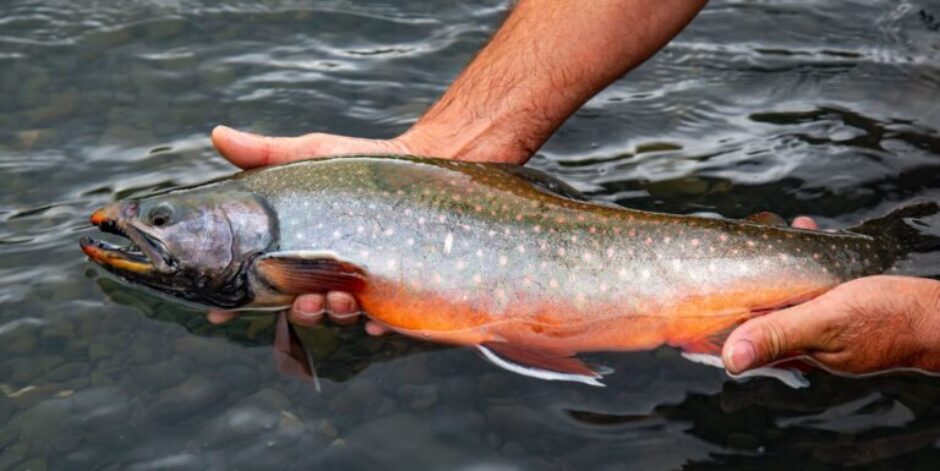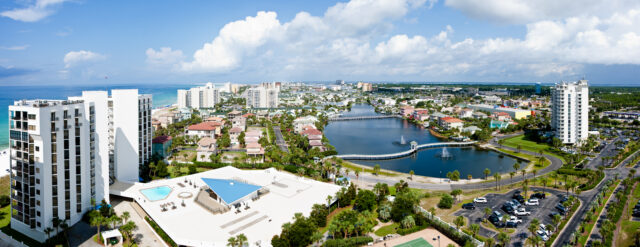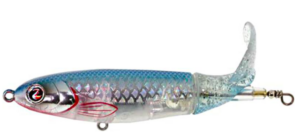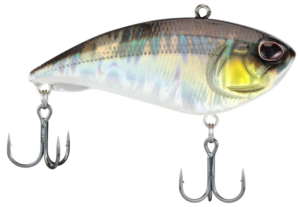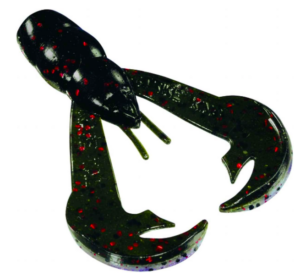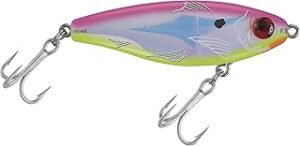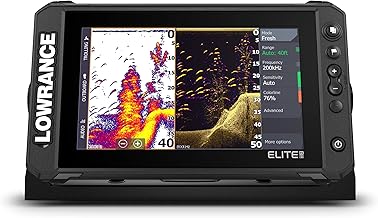❄️ Arctic Char Overview
Arctic char is a cold-water fish in the salmonid family, closely related to both trout and salmon. They are prized for their beauty, excellent table quality, and versatility. Arctic char thrive in deep, cold lakes and northern rivers, particularly in Canada, Alaska, and Arctic regions. They often display vivid colors—silvery with blue-green backs in summer, and orange-red bellies during spawning.
🌊 Habitat
Arctic char prefer cold, clean, and oxygen-rich waters. They are commonly found in:
- Deep alpine and Arctic lakes
- Slow-moving northern rivers
- Coastal waters (in anadromous populations)
In the wild, they often suspend over deep water during summer months and move shallower in cooler seasons or during spawning runs.
🪱 Best Baits
- Live bait: Minnows, smelt, or nightcrawlers
- Cut bait: Pieces of herring or other oily fish
- Flies: Streamers, nymphs, and egg patterns (especially in rivers)
They feed on small fish, insects, and crustaceans. Matching forage is key to success.
🎣 Best Rigs & Lures
- Jigging: Vertical jigs tipped with bait or plastics (best in lakes)
- Spinners & Spoons: Brightly colored or flash-heavy for clear water
- Fly fishing: Use sinking lines and weighted flies in deeper pools
In rivers or shallow lakes, Arctic char often hit slow-rolled spinners or drifting flies.
🧵 Line, Rod & Reel Setup
- Line: 6–12 lb fluorocarbon or monofilament; 10–20 lb braid with leader for big char
- Rod: Medium-light to medium spinning rod for lakes; 6–8 wt fly rod for rivers
- Reel: Smooth drag is essential — char make long runs when hooked
🍽️ Eating Arctic Char
Arctic char is one of the most delicious freshwater fish available — rich, flaky, and mild like a cross between trout and salmon. Its meat ranges from pale pink to deep orange and is high in omega-3 fatty acids.
- Cooking methods: Bake, grill, smoke, or pan-fry
- Flavor profile: Milder than salmon, richer than trout
- Tips: Skin crisps well in a hot pan — pairs nicely with lemon, herbs, or maple glaze
